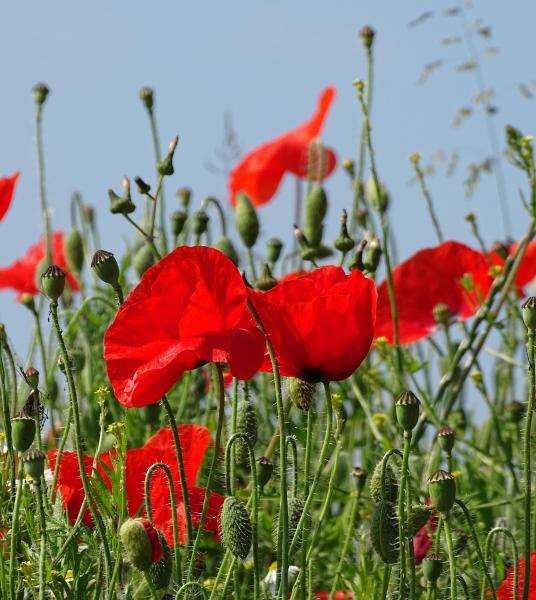- Read offline
- Access all content
- Use the in-app Map to find sites, and add custom locations (your hotel...)
- Build a list of your own favourites
- Search the contents with full-text search functionality
- ... and more!
coquelicot de Nemours
poppy candy

Claude Monet didn’t have to go very far to paint his fields of poppies; they bloom all across the limestone fields of the Seine-et-Marne south of Paris. In 1870, François Etienne Desserey of Nemours invented a way of preserving their red delicately perfumed beauty in calming bonbons.
His coquelicot de Nemours were a great success, but like many fashionable French candies of yore, they fell out of favour, forgotten only to be revived in 2006 by Denis Jullemier at the Dis Lis Chocolat, who also makes them into a liqueur, syrup, nougat and jam.

Every spring volunteers (who donate their wages to an association dedicated to rural development in Senegal) carefully gather the poppies early in the morning in the fields around Nemours.
Some petals will be slowly dried in an oven, then incorporated into confectionery. Others are used to make an alcohol decoction, to flavour dark chocolates filled with poppy cream or poppy syrup; others are puréed into a jam.
Images by Ad MeskensYou© Ad Meskens / Wikimedia Commons, Open Food Facts

